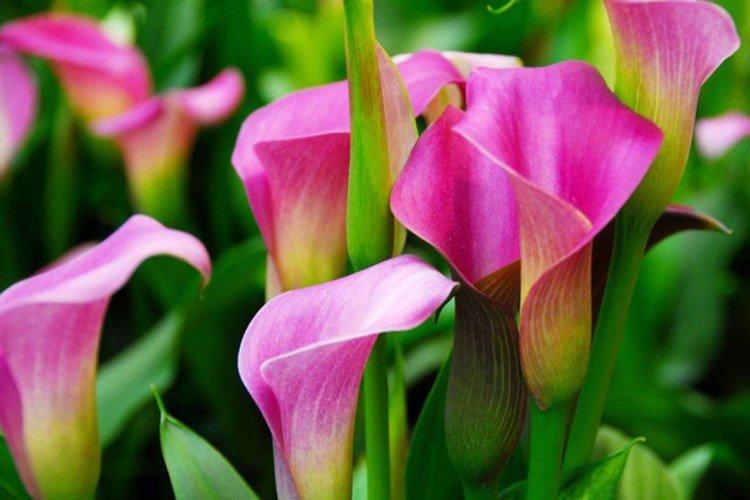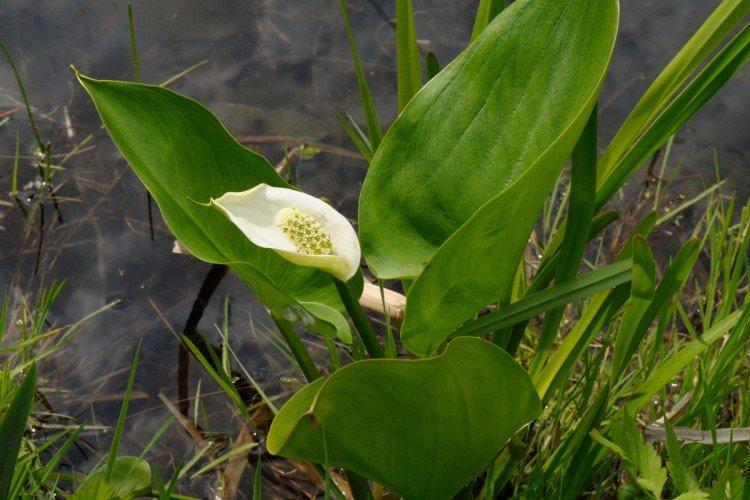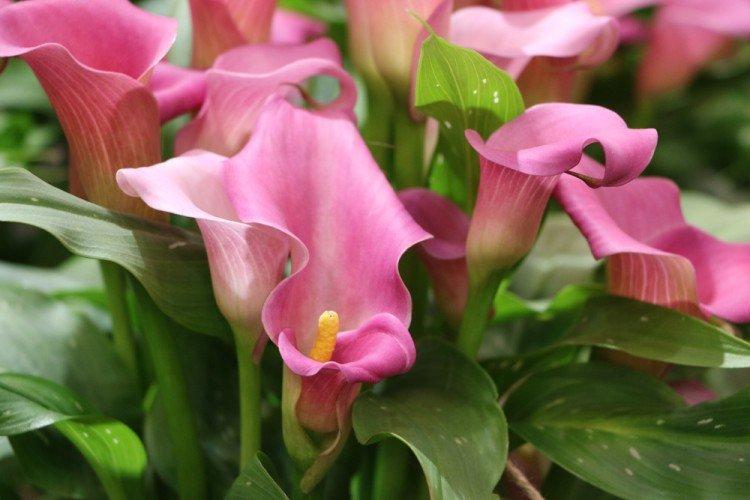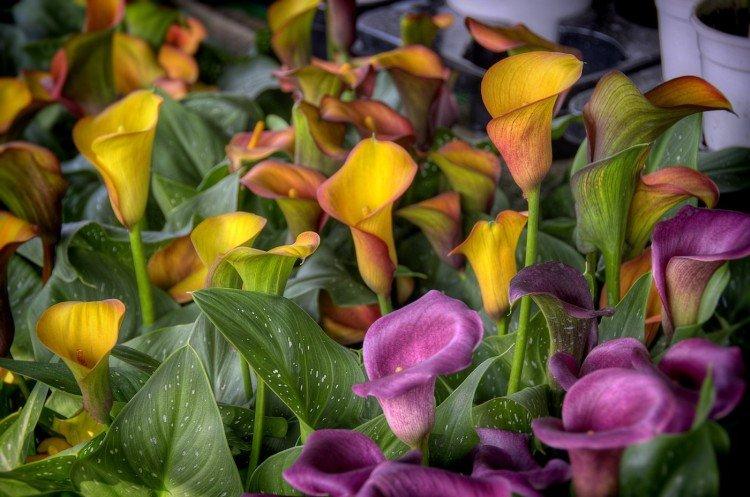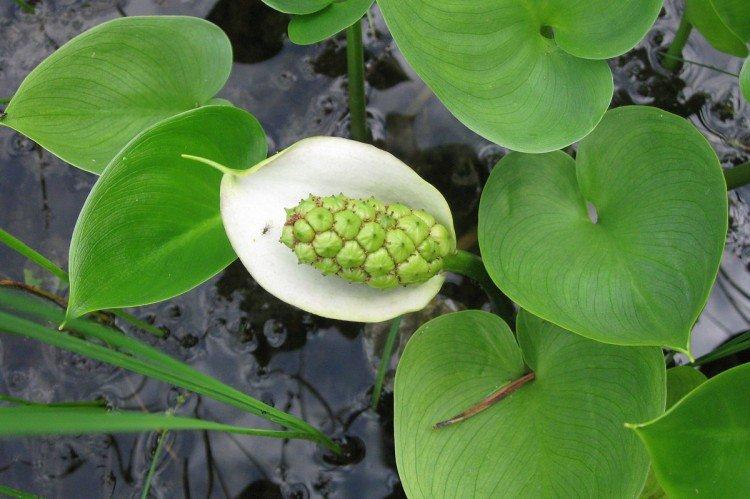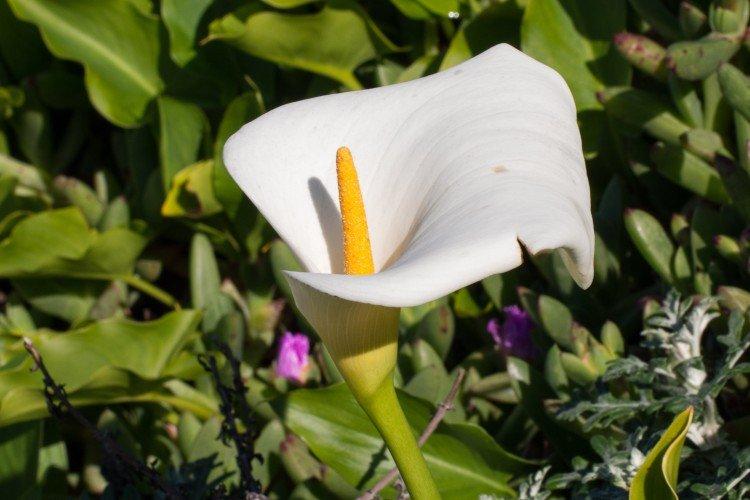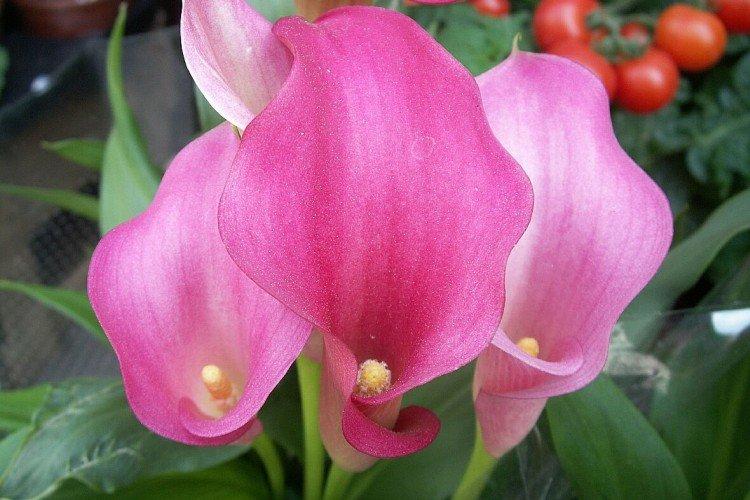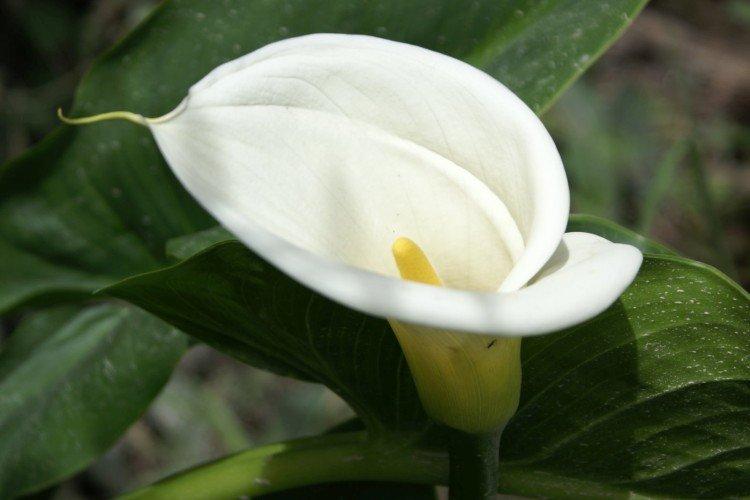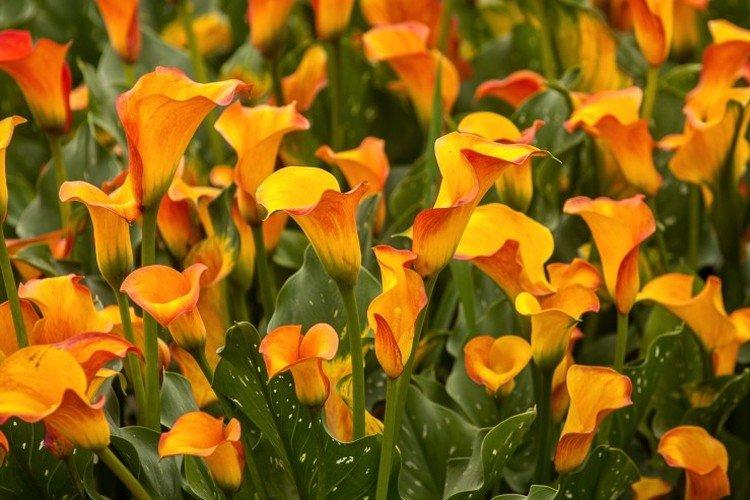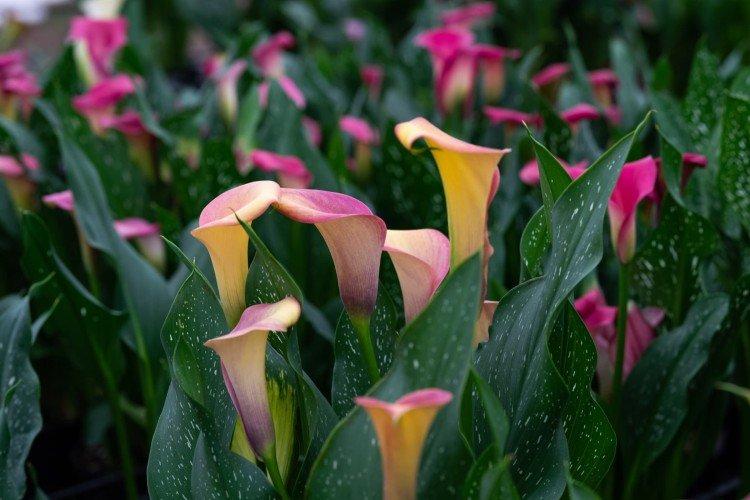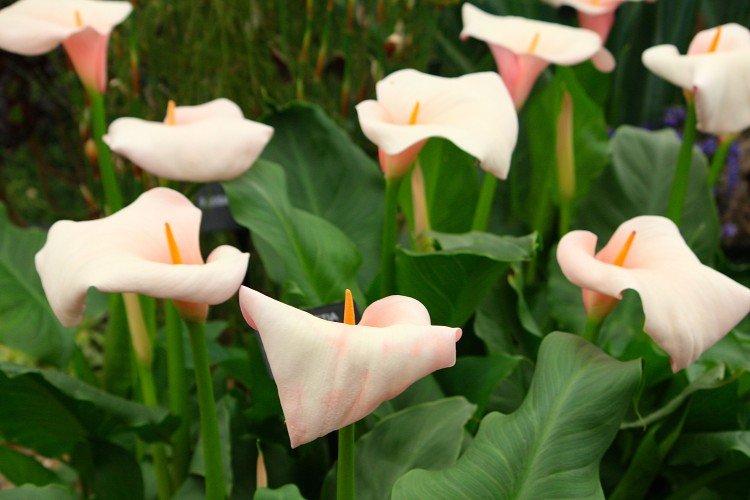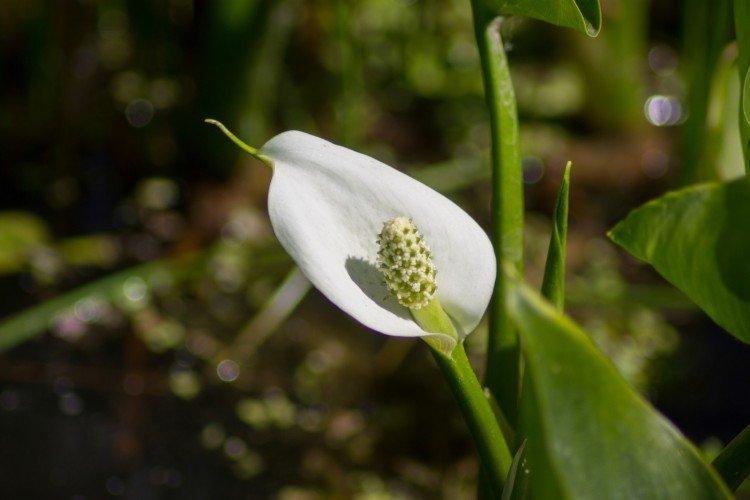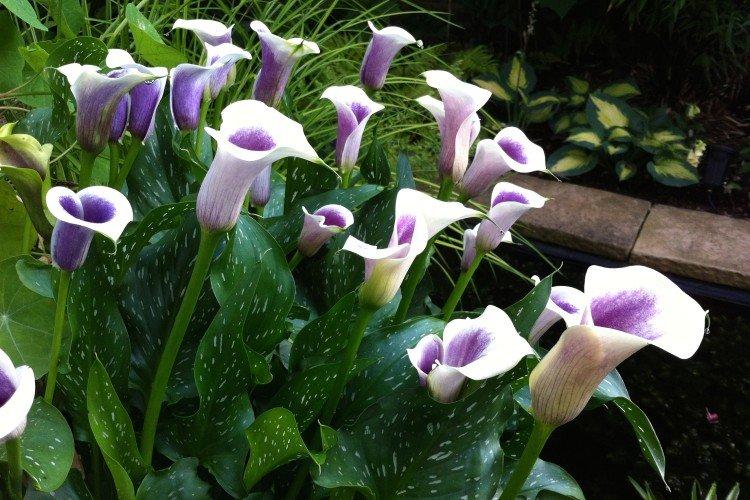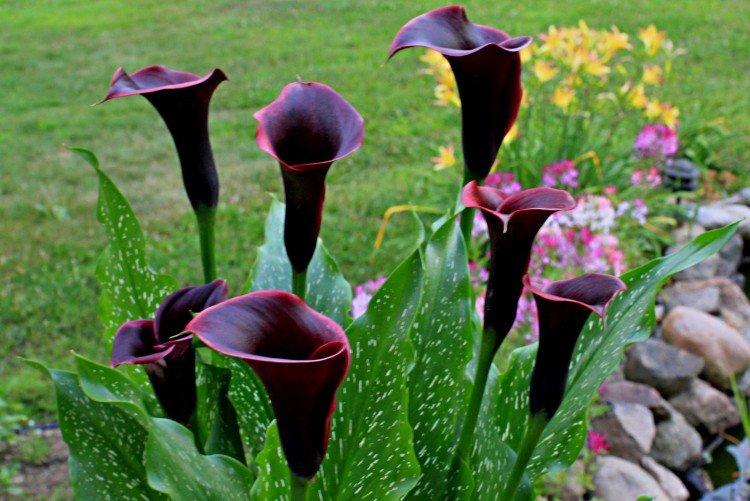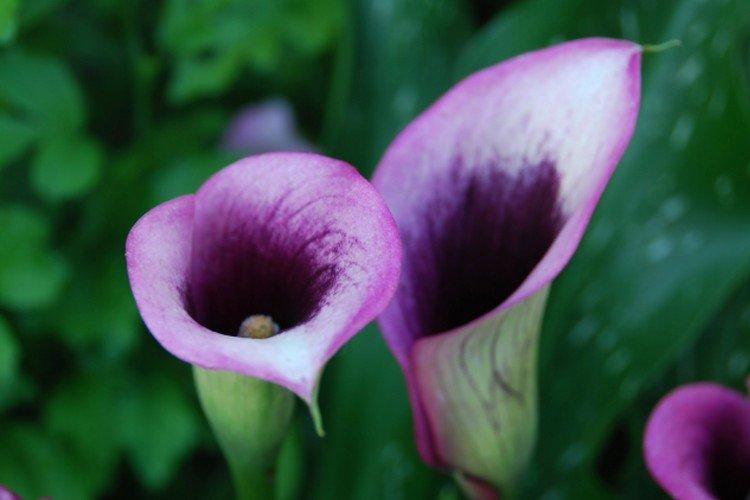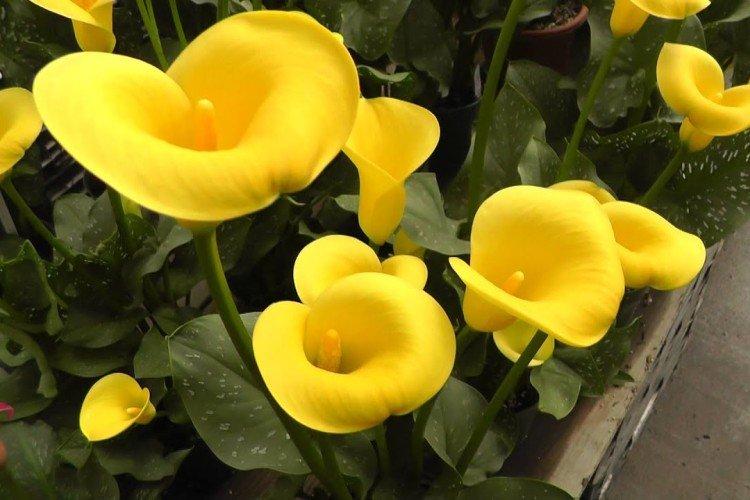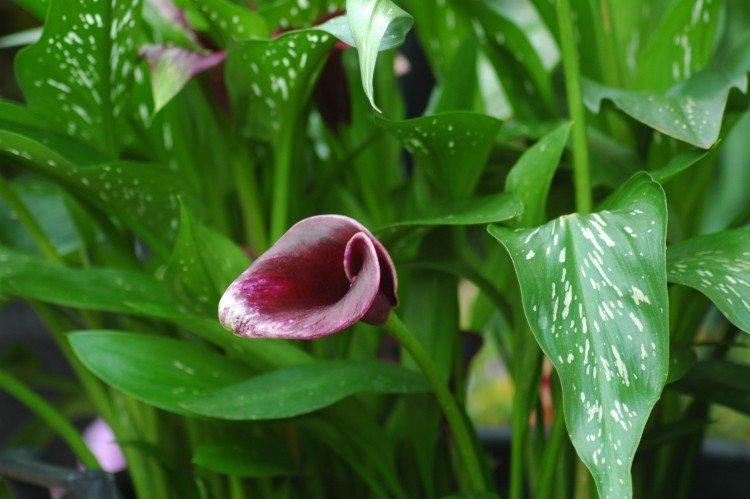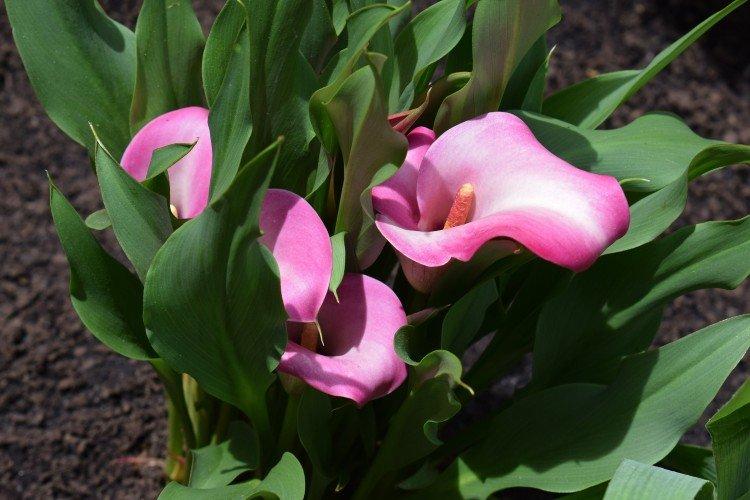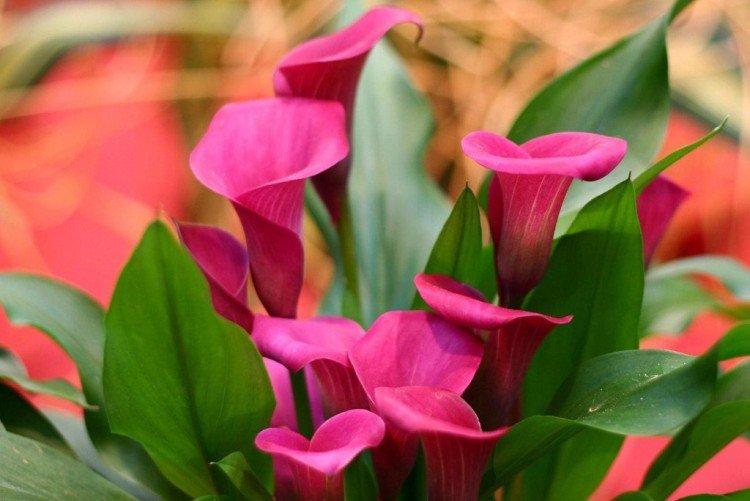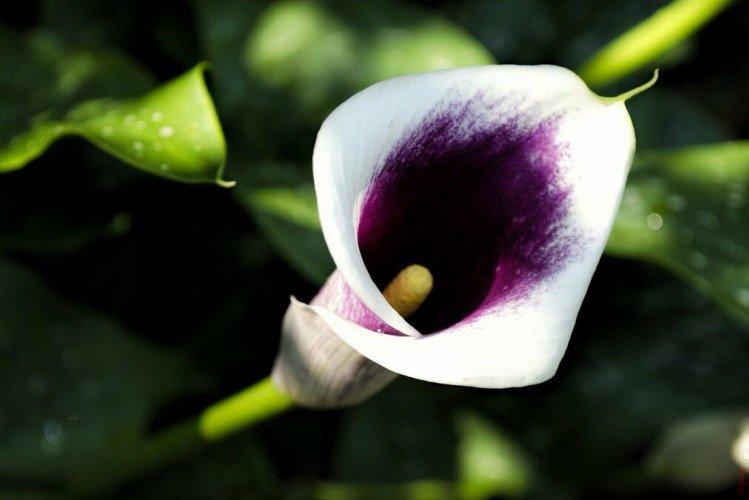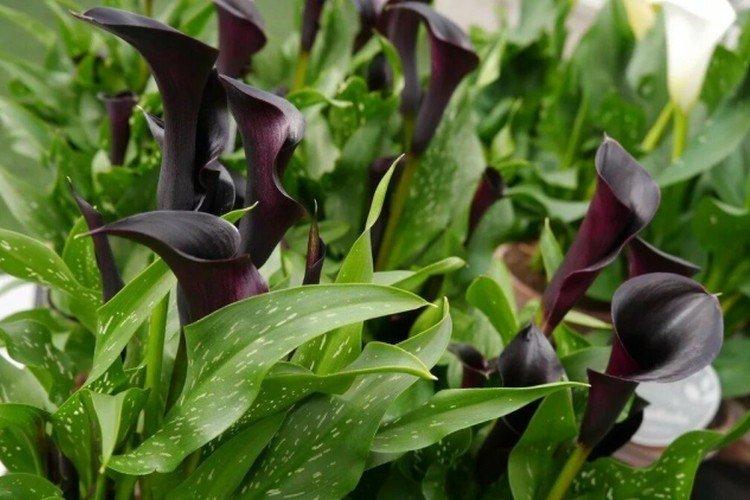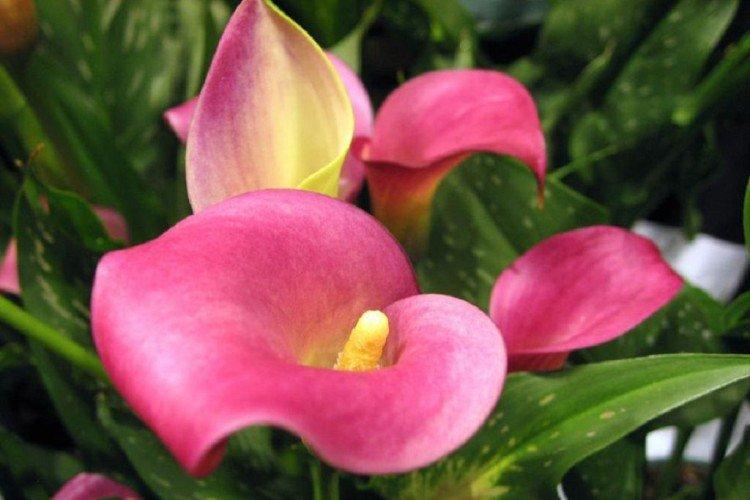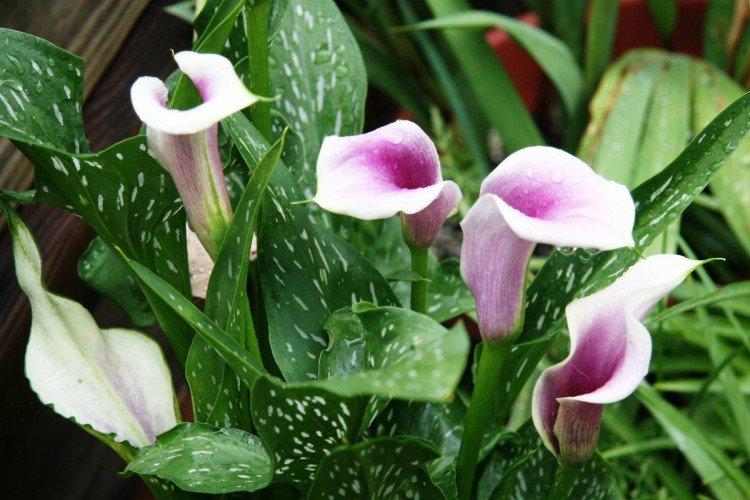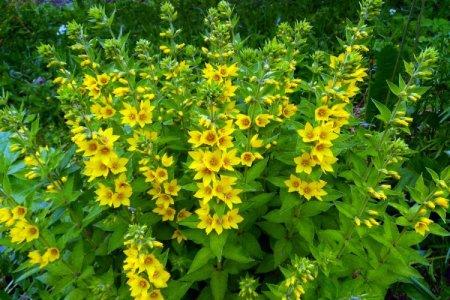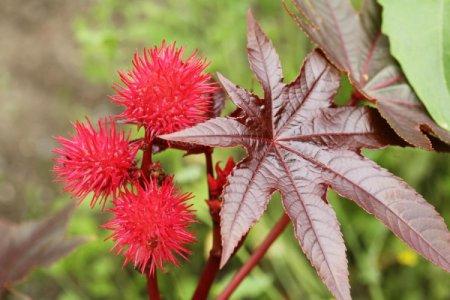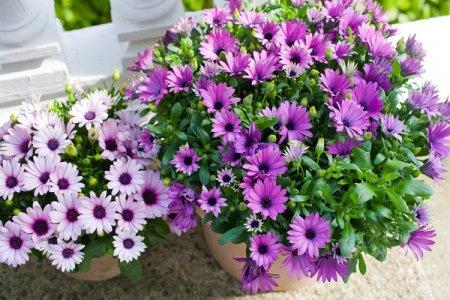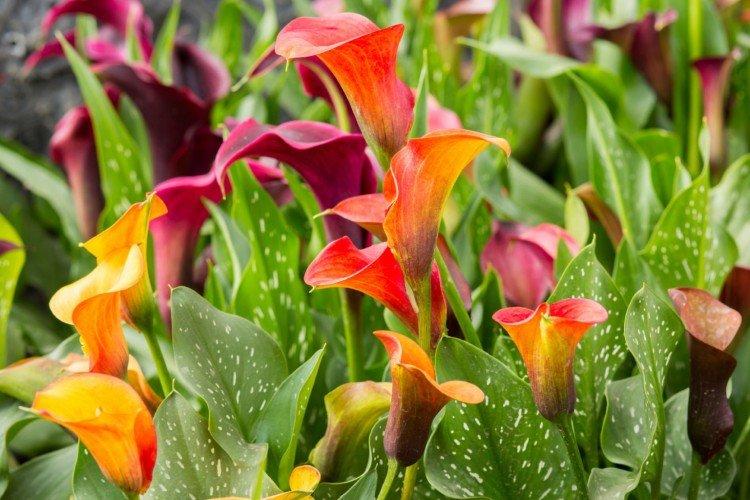
Amazing delicate flowers that cannot be confused with other plants are calla lilies. They are adored not only by gardeners and breeders, but also by designers and florists. And how many incredible colors exist thanks to many years of work by biologists! Let's tell you more!
general information
Calla is a spectacular decorative perennial. Many people mistakenly believe that this is an exotic tropical plant, but in fact, calla lilies grow everywhere: from Africa to Siberia. In addition, they are grown in gardens, rooms, and even for medicinal purposes.
The average height of the peduncles is 80 cm, although there are also much taller varieties. Each flower consists of two parts: the cob and the cover that protects it. Formally, this cover is just a bract, but it is this that gives calla lilies their amazing beauty.
Calla lilies are often used by florists, especially for wedding bouquets. They have been credited with unique protective properties and the ability to bring well-being to the home for years. In addition, there is a belief that calla lilies contribute to the recovery of patients.
All callas can be conditionally divided into white and colored, and among the colored ones there are generally all shades. From the point of view of care and the specifics of growth, they have only one significant difference: whites bloom longer and do not shed leaves during dormancy.
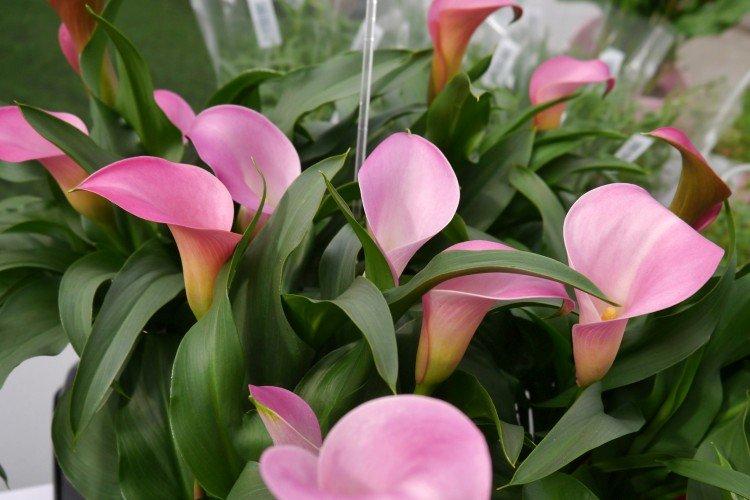
Calla lily species
There are many decorative varieties of calla lilies, but the main species in our latitudes are much smaller. We will tell you about them now!
Ethiopian calla
A large, vigorous species that stretches up to 1 m in the garden. Instead of a tuber, it has a flexible creeping root. Heart-shaped or oval leaves on vertical roots are painted in a rich dark color. It is from her that the white varieties originated.
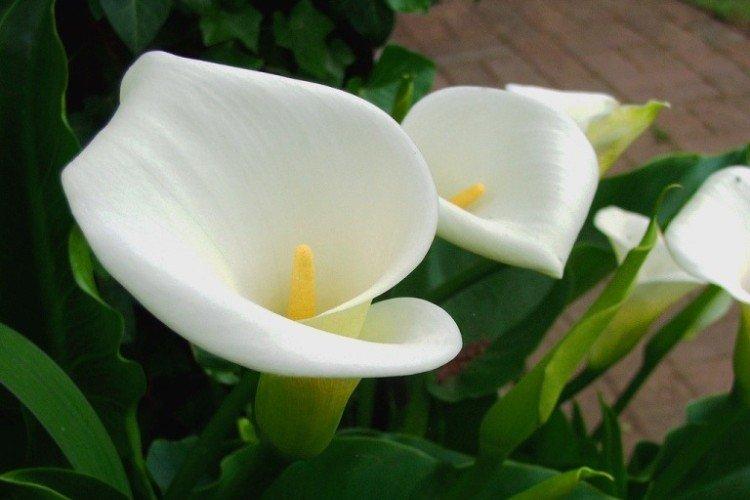
Marsh calla
The most hygrophilous species that grows in swamps and water bodies in Europe and North America. She has a superficial creeping rhizome, relatively small leaves up to 14 cm and a spectacular ovoid veil.

Calla Remann
Medium-sized variety up to 70 cm. It has a fancy flat tuber of irregular shape. This calla lily has a very pronounced seasonality, and it needs a rest period when the entire ground part dies off. Almost all modern colored varieties originated from it.
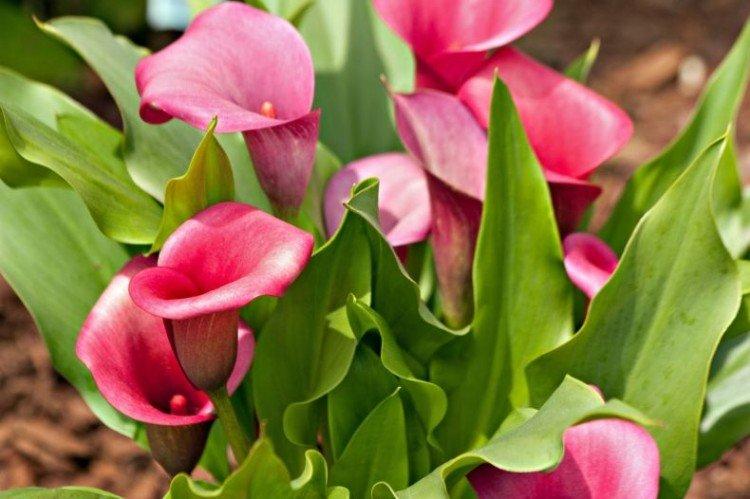
Calla Elliott
Its main feature is spotted leaves with light dots against a background of dark green plates. The most popular varieties are colored gold, orange and red. The size of the inflorescences reaches 15 cm.
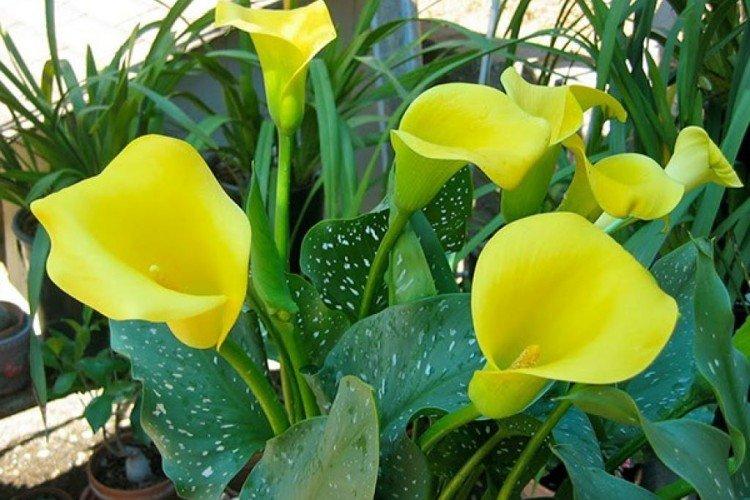
Scented calla
This species is distinguished primarily by its strong and expressive aroma. But the blanket at the same time is ordinary white, like that of the Ethiopian calla lily. It is a wild-growing variety.
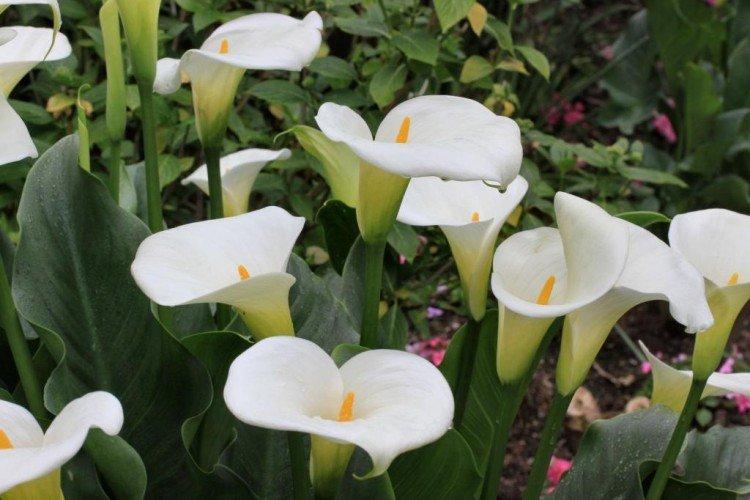
Calla lilies care
Because of the exotic beauty, novice flower growers think that calla lilies are something very fragile and complex. In reality, they do not cause any problems at all!
Temperature
Calla lilies do not tolerate too high temperatures and aggressive sun. Ideal conditions are +22 degrees, and in winter, when it comes to white indoor varieties, the temperature needs to be lowered to +16.
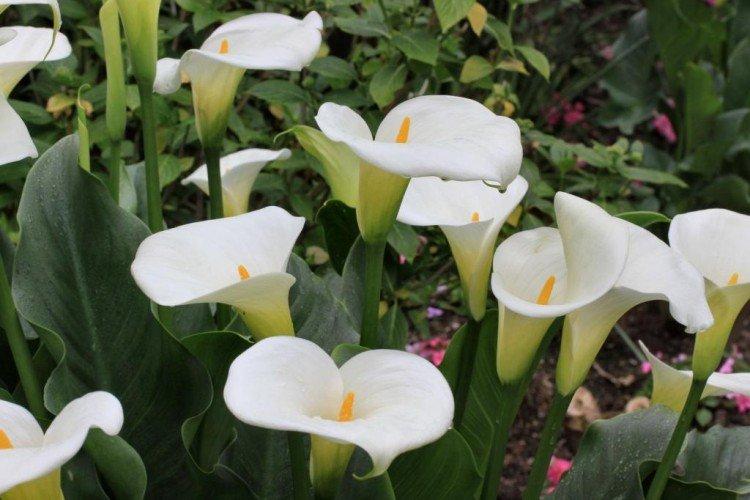
Lighting
Callas need bright, good and stable lighting, otherwise the plant will not bloom so beautifully. But ideally it should be an indirect solar color. Or at least shade the flowers slightly during peak hours.
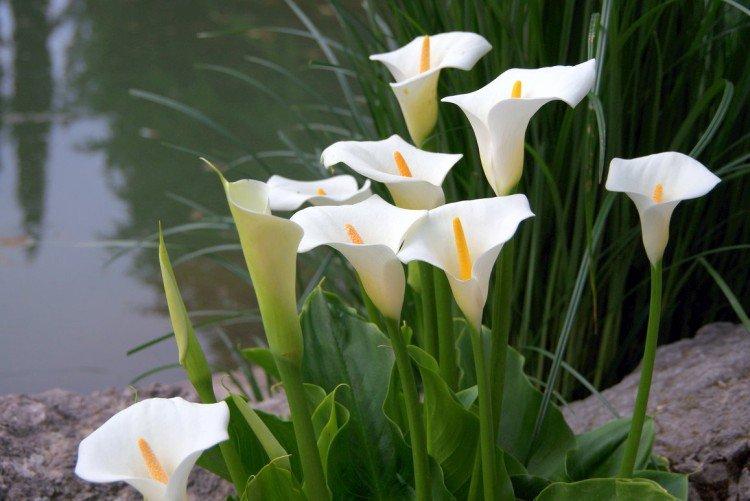
Watering
The land in which the calla lilies grow must always be moist. During flowering, daily, but moderate watering is needed. And to avoid decay, be sure to make good drainage when planting.
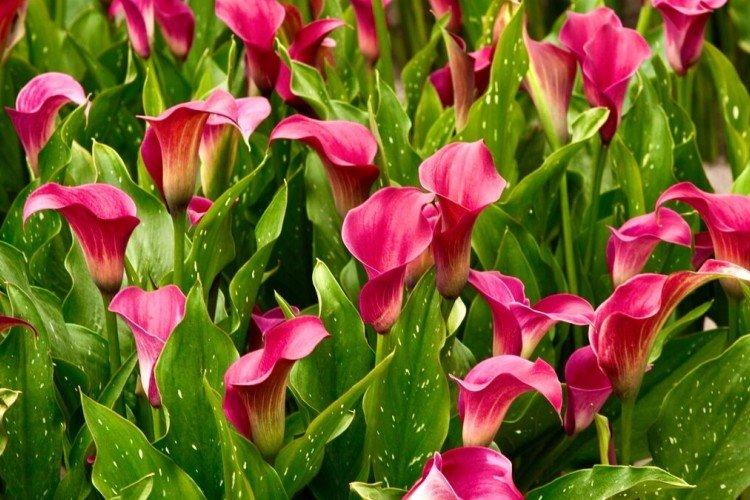
The soil
Calla lilies prefer fertile, slightly acidic and moderately light soil. To regulate acidity and humidity, it is very convenient to use sphangum moss, which absorbs water and gives it away as needed.
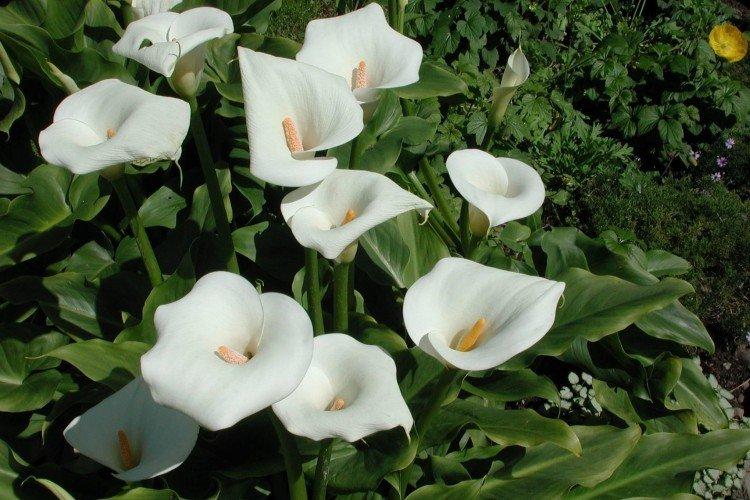
Fertilizers and feeding
For a long and spectacular flowering, we recommend feeding the cannes every 3-4 weeks.Be sure to need phosphorus and potassium, but do not abuse nitrogen. Organic matter can be added once a year to improve the quality of the soil. For year-round flowering of indoor varieties, you will have to increase the dosage.
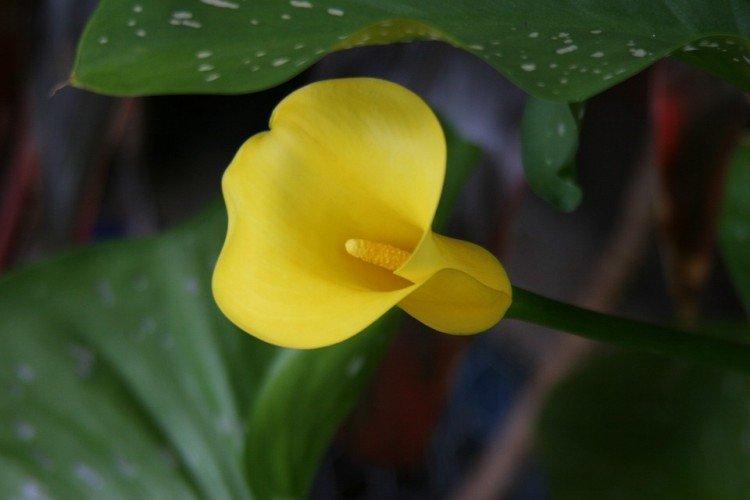
Calla lilies after flowering
Tuberous and rhizome varieties are different in nature, but the principle remains the same. In tubers, the ground part dies off almost immediately after flowering. In September, they should be dug up, washed, dried, sorted out and transferred to a cool place. You do not need to cut off the remnants of the leaves, because the tubers pull up nutrients from them.
After flowering, rhizome varieties gradually slow down in growth. Slowly reduce watering, and in the fall, dig out the rhizome along with the earthy clod. You can store calla tubers and rhizomes on a glassed-in balcony or in the refrigerator.
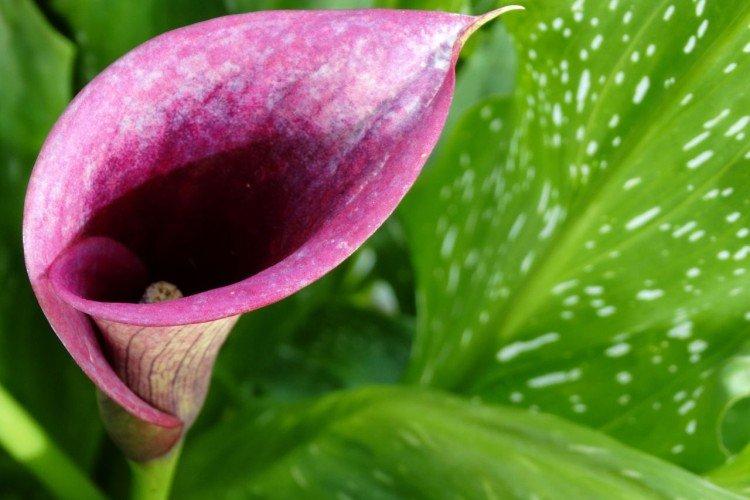
Safety
Remember that calla is a poisonous plant, so it is impossible for its juice to get on the skin, and even more so on the mucous membranes, in the eyes or in the mouth. For the same reasons, it is better to avoid contact of children and animals with calla lilies.
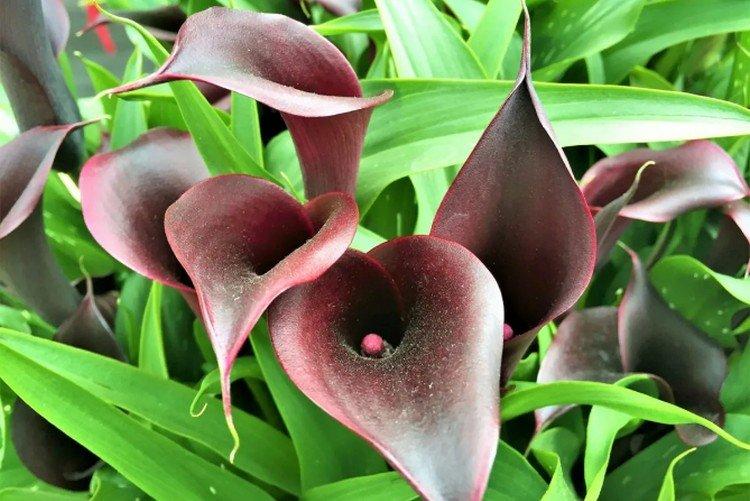
Planting and breeding
Garden varieties are grown through seedlings because they are more efficient. At the end of March, plant healthy tubers or rhizomes in separate pots and let them grow, watering twice a week. When it finally gets warmer, first gradually harden the seedlings outside before transplanting.
Callas are planted in May after the end of the frost. The depth of the holes is 5-10 cm, and the distance between them is about 35 cm. Then they need to be lightly sprinkled with earth, watered and left alone for a couple of weeks.
Rhizome varieties can also be propagated by dividing the bush. In the fall, separate the children with a part of the root and their own growth points from the mother plant, plant them in containers, and in the spring you transplant them into the garden.
Tuberous calla lilies are also propagated by division, but just before planting. Gently break off the daughter tubers without tools, dry the slices and treat them with antiseptics. Very small tubers can be grown in light indoor soil before planting.
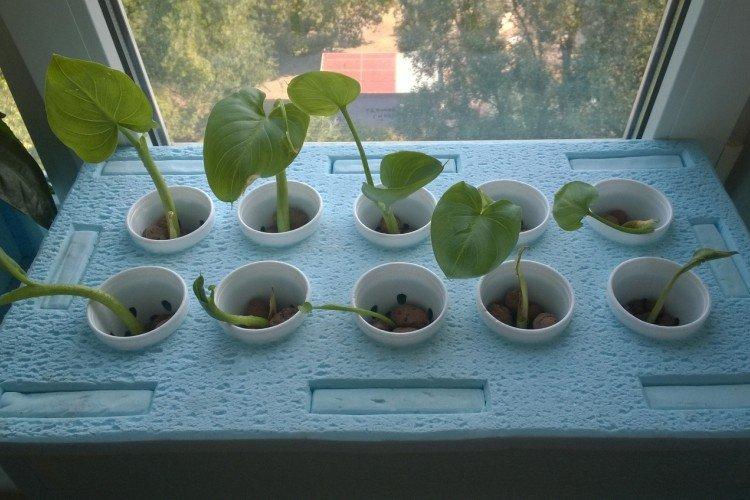
Calla pests and diseases
Calla lilies suffer from spotting and streaking viruses. Flowers become stained, deformed, curled and generally degraded. Viruses are not cured, but insects carry them, so it is important to keep them away.
Bacterial rot begins with rotting of the peduncles right at the ground. There they then break. The problem begins with the root system, so always carefully select healthy planting material, do not overflow the flower bed and remove diseased plants along with the root in a timely manner.
Calla lilies are very fond of aphids, which spoil the leaves and buds, eating them and leaving a sticky discharge. And in dry weather, the flowers are attacked by a spider mite, which hides on the back of the leaf plates. For a weak lesion, a soap solution is sufficient, and for a strong one, use insecticides.
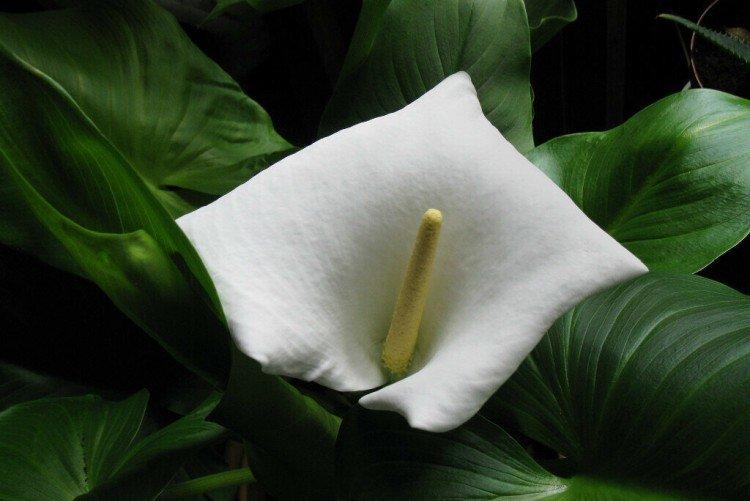
Callas - photo
The large inflorescences of calla lilies are simply incredible in their beauty. There is no point in talking about them for a long time and choosing words if you can just show the photos!
